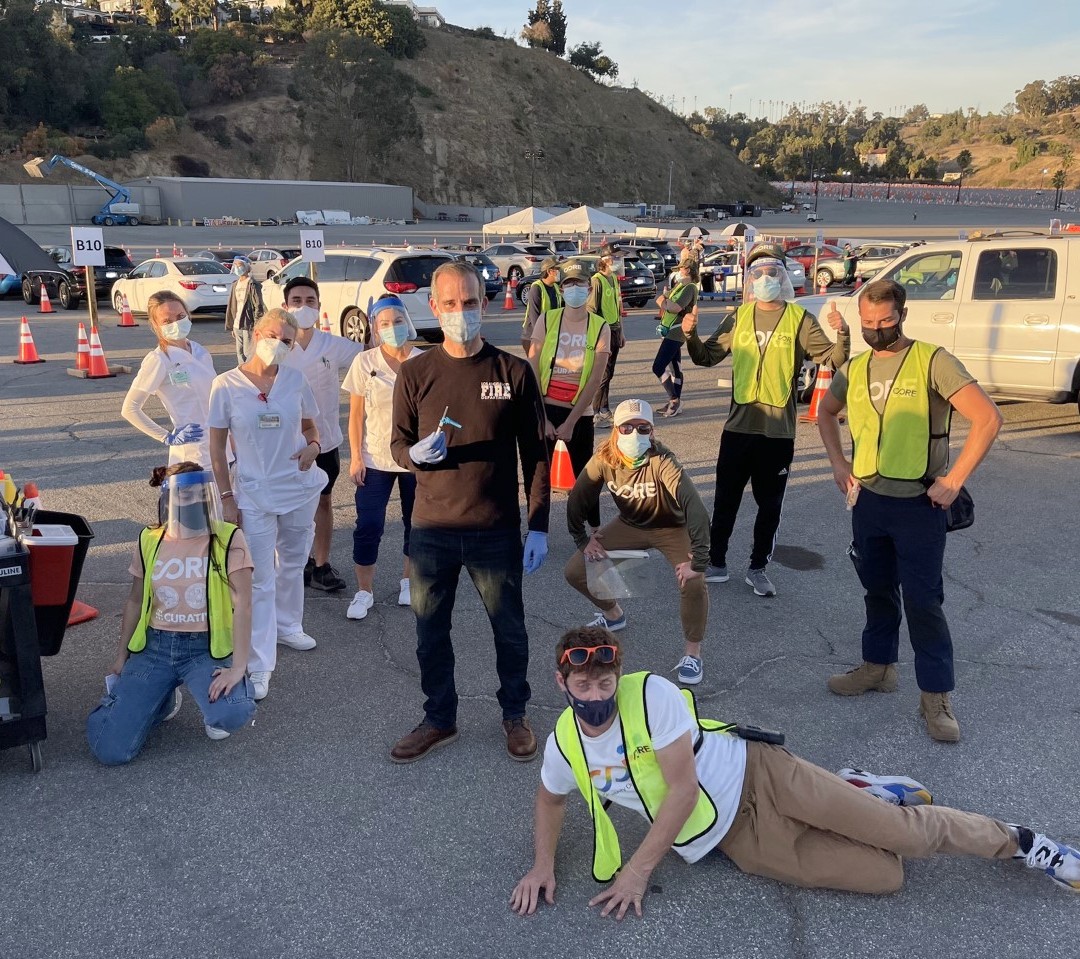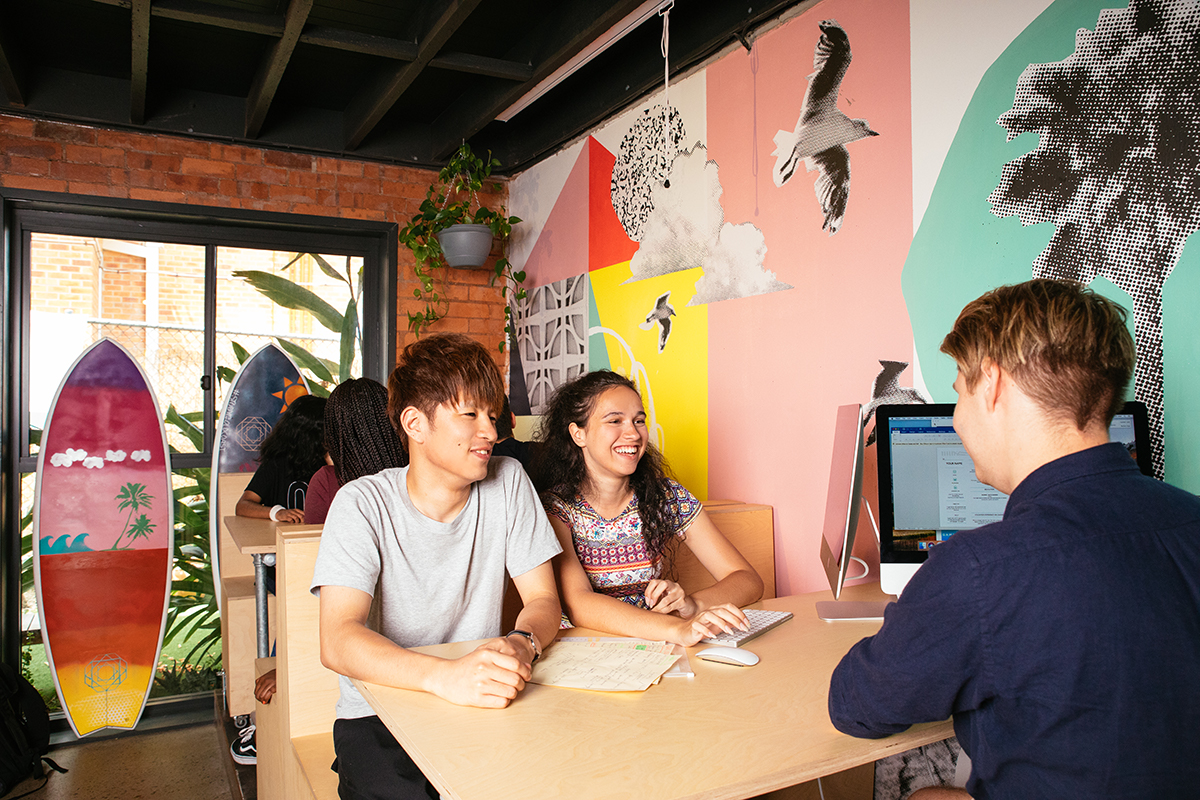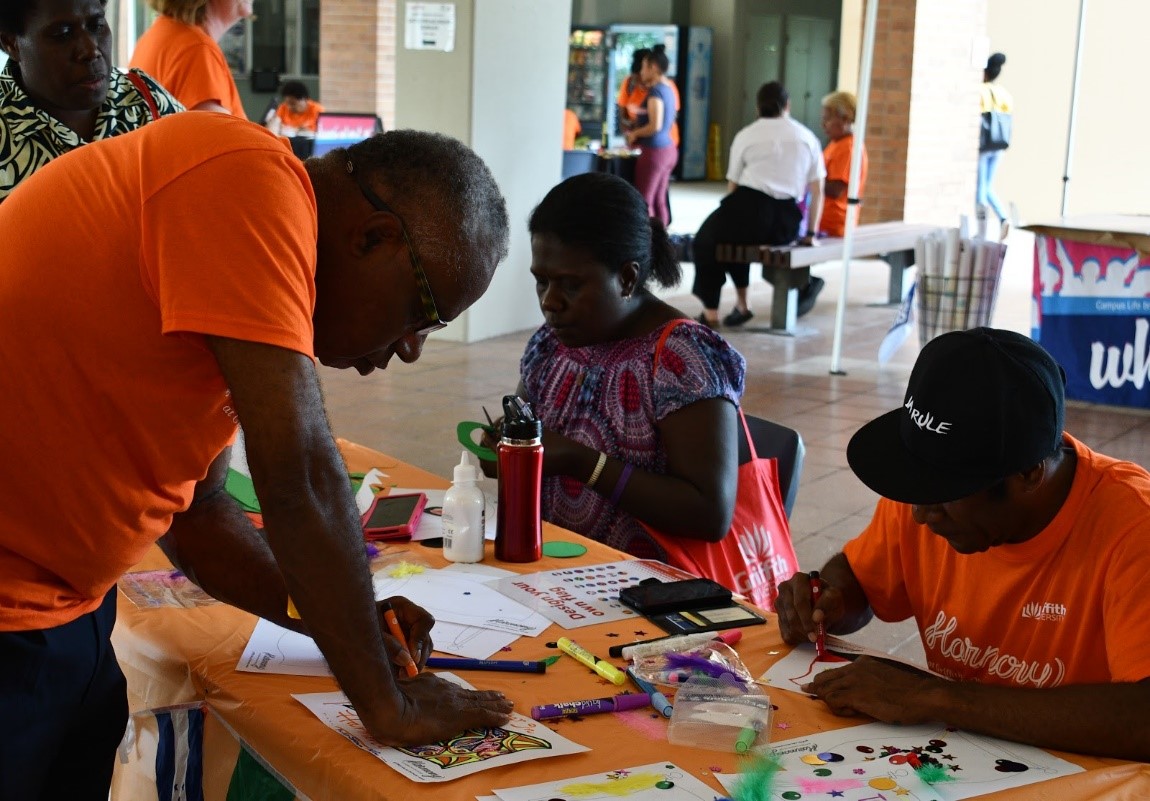Born and raised in Los Angeles, California, never did I think one day I would be one of the people working the frontlines to help the city during a pandemic.
Throughout the last two years I have been studying to obtain a Master of Global Development remotely, while working the frontlines of a pandemic in the city that raised me. Due to the climate at the time, I went part-time and having just arrived back in Queensland, I will now graduate from Griffith in person this December!
I was gravitated towards the Master of Global Development program due to the wide range of potential careers that stem from this Masters. Having grown up wanting to help people domestically and internationally, global development was the way to go.
Being in the United States during the COVID-19 pandemic was an interesting experience. Through lockdowns, mandates, limitations on what is open, and the past infection rates, it has been beyond challenging.
I started out in the pandemic in Brisbane, and had to return to the United States in June 2020. On the flight, I was given a form to fill out attesting that I had not been to any high-risk places in the last two weeks, and once touching down in Los Angeles, there was no one to collect the form or monitor our temperatures.
Transitioning from not wearing a mask in socially-distanced Brisbane to being thrown into wearing one 24/7 took some time to get used to. The few months that followed were extremely challenging. With LA County changing and adapting their policies to help with the crisis, it led to many things remaining shut. Luckily Los Angeles has nice weather year-round and we had outside dining, gyms, and limited capacity in shopping centres for the entirety of 2020; movie theatres and the like remained closed.
The only times I left the house for the span of June to October, 2020 were for physical therapy, doctor’s appointments, weekly grocery runs, and seeing family. Due to COVID-19 and leaving Australia, I unfortunately developed severe depression. COVID-19 ravaged people’s lives differently, and that is how it impacted mine.
What lifted me out of depression was an opportunity to join the fight on the frontlines. Late October, I found an organisation called CORE Response. CORE was responsible for a large part of the COVID response in Los Angeles, running test sites all over the city since March 2020. It was a chance for me to give back to the community, and most of all, find my purpose again.
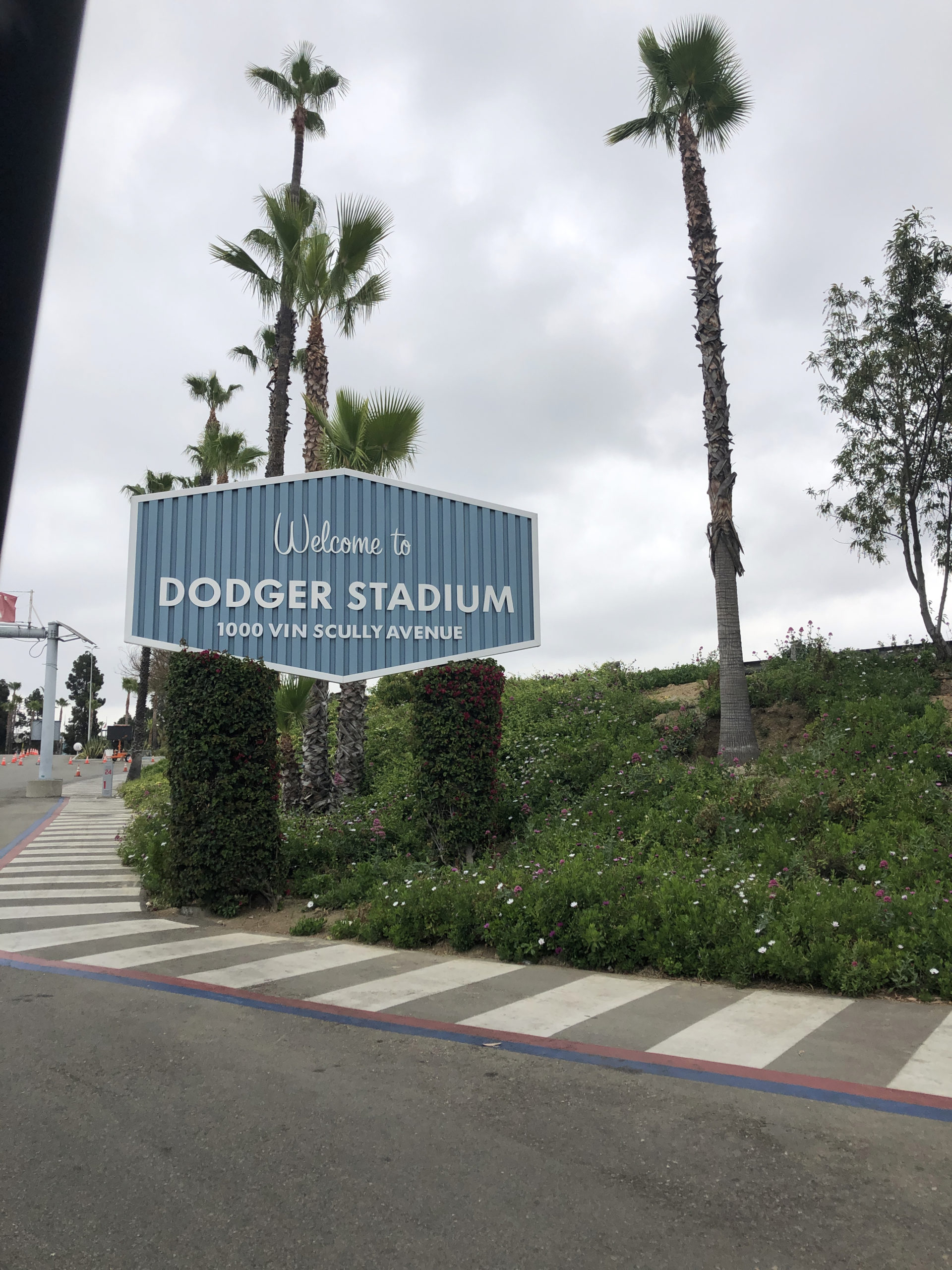
Dodger Stadium, Los Angeles
I was hired at Dodger Stadium, the largest COVID-test site in the world. Working nights, we would test over 10,000 people in the 12 hours we operated every day! As Thanksgiving and Christmas 2020 rolled around, it became challenging. Having a 2-hour wait to get a COVID test, positivity rates increasing across all sites in the city and country, it was terrifying. There were times I worked where people took the test in my sight, and it was apparent they had it. You could see their tired faces, hear it in their cough, see the fear in their eyes. The emotional toll it took on all of us working the frontlines was hard to bear, but we knew there was a purpose to it, to save Los Angeles, to help our city.

Working with CORE Response
In mid-January 2021, we got the news that Dodger Stadium would be turned into the largest vaccination site in the world, administering up to 12,000 shots a day! Most of us had already been offered our first COVID vaccine shots as we were frontline workers, and now it was time to help Los Angeles. Feelings of joy, sadness, and anxiety came, as we would be the driving force for turning the tide in this pandemic in United States. Through trying to figure out how to run a mass vaccination site efficiently, it took some time.
The vaccines started rolling in, the lines got long, and the people got mad. There were strict tiers we had to follow in the eligibility for the vaccine – health workers were first. When someone came through ineligible, we would give them the bad news that they could not receive the vaccine yet. That was hard because inevitably, we wanted everyone to get the shot. In turn some were understanding, as they were trying to get an ‘extra’ dose but most, especially within the first few months were angry, yelling at us, calling us names, and making a scene no one had the energy to deal with after the last year of pandemic fatigue.
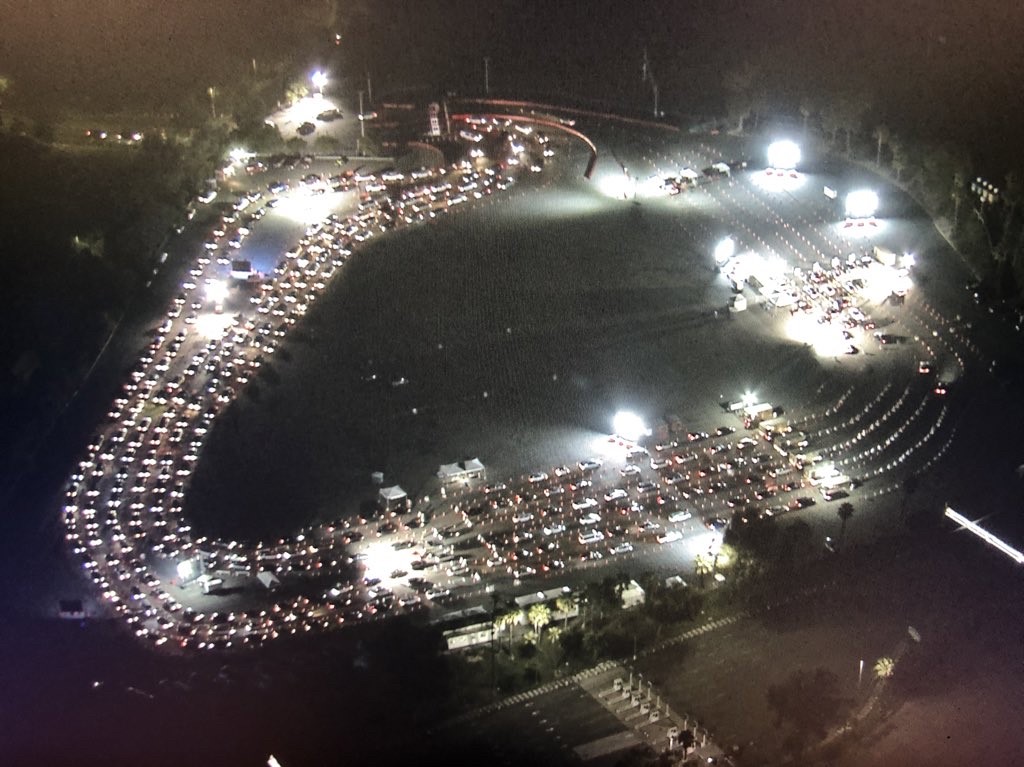
Queues at Dodger Stadium
There became this sense of camaraderie among all the workers at Dodgers. We were in the trenches, on the frontlines, figuring out how to do this vaccine rollout effectively and efficiently when there really was no government help or oversight in getting things rolling. We were there in the pouring rain, extreme Los Angeles heat, and for up to 16 hours if doubles were needed. We were fighting against time and angry people to get everyone vaccinated. We were there trying to end this pandemic whilst most people were still inside.
In June 2021 the end was in sight. With a bit over 50% of Los Angeles residents having received a first dose, mass vaccination sites started closing. Dodgers Stadium, where we administered more than 1 million COVID tests and 420,000 shots, shut its doors on May 22nd, 2021. Our jobs were done, we did our part in saving Los Angeles.
Through the work with CORE and simultaneously being a student studying Global Development, it was tough. The draining hours at site followed by taking classes and writing papers after, or even during work in my case showed me what I am capable of. This experience proved my dedication to helping my home city and helping my future.
I am excited to now be back on Australian shores to complete my Master’s degree, and continue to use what I learn to help improve the world around me.
All the best,
Lauren.

